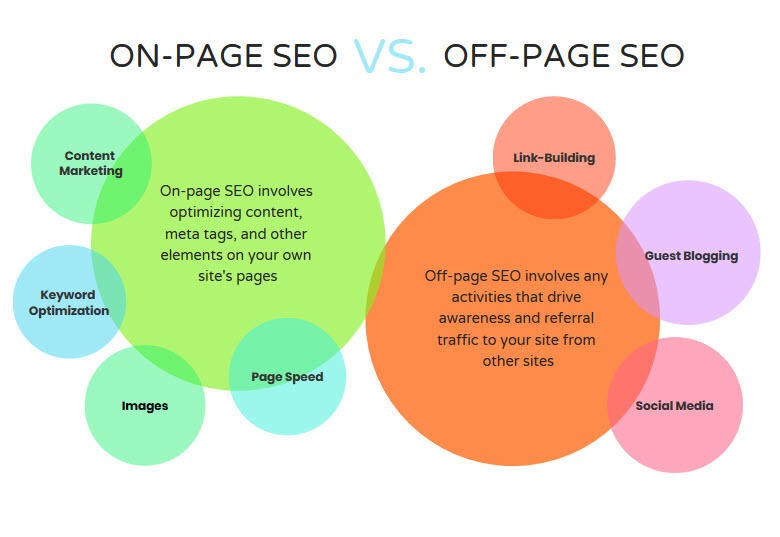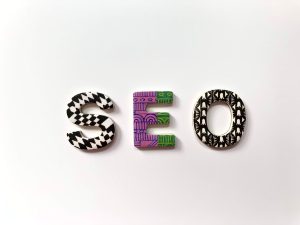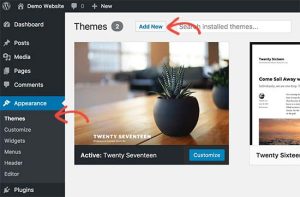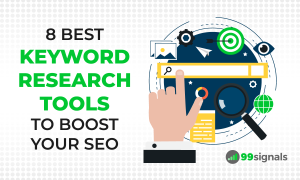Search engine optimization, or SEO, is an important tool for any business looking to grow its online presence. On-page SEO is a critical part of the process that involves optimizing website content to boost visibility in search engine results. It is essential to understand how on-page SEO works and how it can be used to your advantage.
Keyword Optimization
Keyword optimization is an important part of on-page SEO, which refers to techniques used to improve the visibility of a website or webpage in search engine results. Home website design, can help you with your website design needs and make sure your site is search engine friendly.
When choosing keywords for your website, it’s important to select those that best describe the content on each page. It’s also important to use words that potential customers might be searching for and make sure these keywords appear in the title tags, headings, body copy, URLs and meta descriptions. Additionally, use variations of these keywords throughout the page so they appear natural rather than forced. Finally, include relevant links between pages on your site as this will help crawlers find related content quickly and easily.
Content Optimization
Content optimization also referred to as on-page SEO, is a process of optimizing website content with the goal of improving its visibility and ranking in search engine results. On-page SEO involves optimizing HTML elements such as titles, headings, meta descriptions, image ALT tags, and other web page components for improved rankings.
Optimizing your content effectively for SEO purposes requires knowledge of key elements such as keywords, keyword density and keyword placement.
Additionally, it’s important to ensure that your written content follows best practices for readability and usability so users can easily find what they are looking for on your site.
Internal Linking
On-page SEO is a key component to optimizing your website’s performance and getting it higher up the search engine rankings. Internal linking is an important part of on-page SEO that can help increase overall visibility and boost traffic.
Internal linking is when you link one page of your website to another page on the same domain. This helps build a structure between pages, allowing web crawlers to more easily index them and improve their visibility in search engines such as Google or Bing. Additionally, internal linking allows users to navigate through your website more easily, providing a better user experience overall.
Image Optimization
Image optimization is an important factor to consider in on-page SEO efforts. Search engines are increasingly focusing on visual content, making it more important than ever for businesses to optimize their images.
When optimizing images, businesses should focus on aspects such as image size, file format, and ALT tags. Resizing images so that they’re not too large or bulky will help reduce page load time and ensure a positive user experience. Additionally, choosing the right file format can also improve image loading times significantly. Semicolon readable formats such as JPEG or PNG are often preferred by search engines due to their higher compression rates compared with GIFs or TIFFs.
URL Structure
URL structure is a critical factor in on-page SEO. It is the backbone of a website and needs to be optimized for search engine crawlers. Properly structured URLs make it easier for search engines to understand the content of a page, allowing them to index it correctly and display it in relevant search results. To ensure that your web pages are properly indexed, your URLs should include words that accurately describe the page’s content and have a logical hierarchy. Additionally, they should be short so users can easily remember them and type them into browsers or share them with others.
Also Read:
Conclusion
On-page SEO is an essential part of any website’s search engine optimization strategy. It involves optimizing individual web pages in order to boost their rankings on search engine result pages. By making sure that each page has relevant and engaging content, as well as meta tags, keywords, and other elements, can help your website stand out from the competition. In conclusion, on-page SEO is a key factor in ensuring that your website receives maximum visibility and traffic from search engines.
With the right approach to on-page SEO, you can drive more organic traffic to your site while also increasing its authority with Google and other major search engines. Through careful optimization of each page’s title tags, content quality, meta descriptions, images and links – you can make sure your site stands out above the rest when people are looking for answers online.










Thank you for your sharing. I am worried that I lack creative ideas. It is your article that makes me full of hope. Thank you. But, I have a question, can you help me?
Thanks for sharing. I read many of your blog posts, cool, your blog is very good. https://accounts.binance.com/en/register-person?ref=JHQQKNKN
Your article helped me a lot, is there any more related content? Thanks!